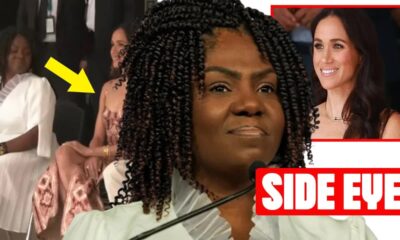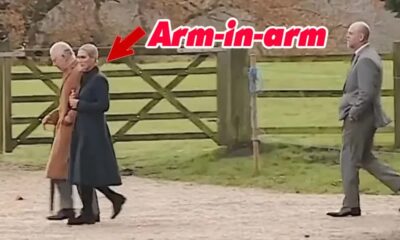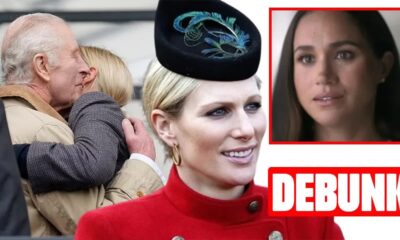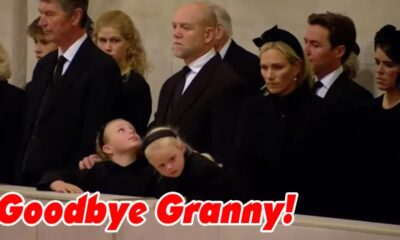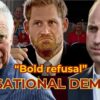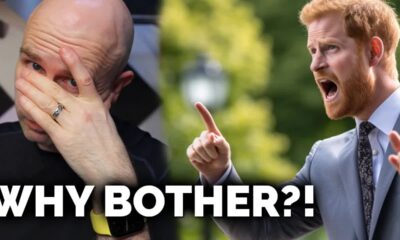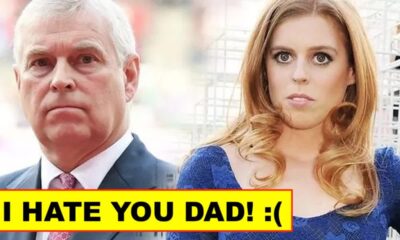All round
Title: “Heinerscheid’s Bold Campaign Attempts to Revive Bud Light, But Misses the Mark”
In a recent video, Alyssa Heinerscheid, a Harvard and Wharton School of Business graduate, discusses her role in a campaign to revive the declining brand of Bud Light.
However, her approach and claims have raised eyebrows among viewers.
Let’s delve into the details.
Heinerscheid begins by highlighting the staggering level of responsibility she experienced during the recruiting process as an intern at General Mills.
She emphasizes that this responsibility hit her hard when she was assigned her projects.
Trending:
- Meghan Markle Steals the Spotlight Again: A Royal Engagement Gone Awry
- “Harry and Meghan’s Tense Moment: A Marriage Under Scrutiny”
- Tension Unveiled: Frances Marquez’s Discontent with Meghan Markle in Colombia
- Elton John’s Scathing Remarks Leave Meghan Markle in Tears at Music Awards
- Meghan Markle’s On-Set Outburst: A Diva in Disguise?
Although her remarks are relatable, she fails to provide specific examples or evidence to support her claims.
The discussion then shifts to the artistic elements in the video.
Heinerscheid critiques the artwork behind her, suggesting that she may have overpaid for it.
This comment, though unrelated to the campaign, adds a touch of humor to the conversation.
She goes on to talk about the importance of representation and how it drives evolution.
While her statement holds some truth, it lacks depth and fails to provide concrete examples of how Bud Light is incorporating this concept into their brand.
Heinerscheid also mentions the transformation of Bud Light from a brand associated with fratty and out-of-touch humor to one that appeals to both men and women.
However, she does not elaborate on the steps taken to achieve this transformation or the impact it has had on the brand’s image.
The discussion then turns to the commercial itself, featuring actor Miles Teller.
Heinerscheid emphasizes the role of Teller’s wife, Kelly, in selling the commercial, claiming that she is the heartbeat of the spot.
However, upon watching the commercial, it becomes clear that Teller’s energetic performance steals the show, leaving viewers skeptical of Heinerscheid’s assessment.
Heinerscheid further attempts to defend the declining sales of Bud Light by presenting revenue data from Anheuser-Busch.
However, the data she presents contradicts her claim, showing an increase in revenue rather than a decline.
This discrepancy undermines her argument and raises doubts about her understanding of the brand’s performance.
In an attempt to draw a parallel, Heinerscheid brings up the iconic Bud Light mascot, Spuds McKenzie, and his ability to appeal to a wide range of consumers.
She suggests that corporations should focus on selling their products without excluding any potential buyers.
While this point may hold some merit, it veers off-topic from the main discussion of the campaign.
Heinerscheid concludes by questioning the effectiveness of Bud Light’s marketing strategy and the value proposition of the brand.
She suggests that Bud Light is a budget-friendly option for those looking for a light and inexpensive beer, but fails to acknowledge its widespread popularity and the enjoyment it brings to many consumers.
In summary, Heinerscheid’s bold campaign to revive Bud Light falls short of convincing viewers.
Her claims lack specific examples and evidence, leaving doubts about the success of her efforts.
While her critique of the artwork and her emphasis on representation hold some validity, they do not address the core issues of the campaign.
Ultimately, Heinerscheid’s assessment of the commercial and her understanding of Bud Light’s appeal leave room for skepticism.



